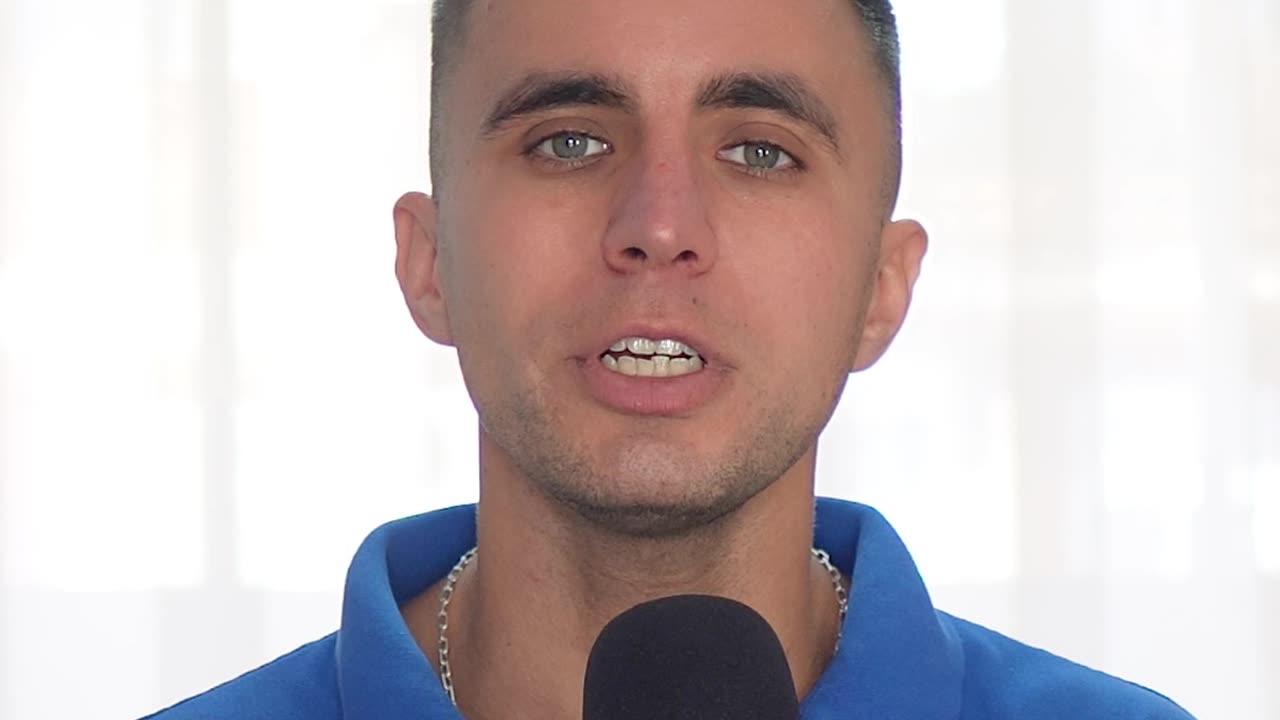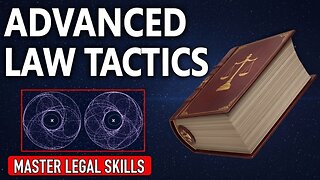Premium Only Content

What causes Myopia?
Myopia, commonly known as nearsightedness, is a refractive error of the eye that causes distant objects to appear blurry while close objects can be seen clearly. This condition occurs when the eyeball is too long in relation to the focusing power of the cornea and lens of the eye. The exact cause of myopia is not fully understood, but several factors are believed to contribute to its development:
Prolonged Near Work: Engaging in activities that require close-up focus for extended periods can strain the eye muscles. This continuous strain might contribute to the elongation of the eyeball over time, leading to myopia. The exact mechanism by which near work affects the growth of the eye is still under study.
Changes in Eye Biomechanics: Research suggests that alterations in the biomechanical properties of the cornea and sclera (the white outer layer of the eye) may influence the development of myopia. Changes in these tissues can affect the eyeball's shape and, subsequently, its ability to focus light properly on the retina.
Hormonal and Systemic Factors: Some studies have explored the role of hormones and systemic factors in the development of myopia. Hormones such as dopamine and melatonin, which are involved in the regulation of eye growth, may influence the progression of myopia. Additionally, conditions like diabetes and certain connective tissue disorders can impact the structure of the eye and contribute to myopia.
Nutritional Factors: Diet and nutrition may play a role in the development of myopia. Adequate intake of nutrients like vitamin D and outdoor activities, which provide exposure to natural sunlight, have been suggested to have a protective effect against myopia. However, more research is needed to fully understand the relationship between nutrition and myopia.
It's important to note that while these factors are associated with myopia, the condition is complex and likely results from a combination of genetic and environmental influences. Myopia often begins in childhood and can progress during the adolescent years when the eyes are still growing. Regular eye examinations, especially for children with a family history of myopia, are crucial for early detection and appropriate management of the condition.
-
 1:05:52
1:05:52
The Quartering
3 hours agoTyler Robinson ADMITS It In Court, Walmart Good Boi Dindu Nuffin Wrong & Ilhan Omar To Be Deported?
92.4K31 -
 LIVE
LIVE
LFA TV
19 hours agoLIVE & BREAKING NEWS! | FRIDAY 12/12/25
1,266 watching -

John Crump News
33 minutes agoSuper Lawyer Talk
-
 LIVE
LIVE
Redacted News
2 hours ago"We must prepare for war with Russia!" NATO and Europe preparing for all out war | Redacted
1,274 watching -
 LIVE
LIVE
Dr Disrespect
6 hours ago🔴LIVE - DR DISRESPECT - PUBG BLACK BUDGET - FIRST LOOK GAMEPLAY
1,645 watching -
 19:37
19:37
Clintonjaws
3 hours ago $1.50 earnedMSNBC Jen Psaki Can't Handle Humiliating Teleprompter Fail Live On-Air
9.99K11 -
![MAHA News [12.12] Marijuana to be Reclassified, FDA Gives COVID Vax A Warning, Ultra-Processed Foods](https://1a-1791.com/video/fwe2/88/s8/1/g/i/w/H/giwHz.0kob-small-MAHA-News-12.12.jpg) LIVE
LIVE
Badlands Media
12 hours agoMAHA News [12.12] Marijuana to be Reclassified, FDA Gives COVID Vax A Warning, Ultra-Processed Foods
565 watching -
![[Ep 812] Black Santa’s Husband | America Last: Judge Rules Kilmar Abrego Garcia Untouchable](https://1a-1791.com/video/fww1/a1/s8/1/u/s/E/H/usEHz.0kob-small-Ep-812-Black-Santas-Husband.jpg) LIVE
LIVE
The Nunn Report - w/ Dan Nunn
1 hour ago[Ep 812] Black Santa’s Husband | America Last: Judge Rules Kilmar Abrego Garcia Untouchable
156 watching -
 1:19:05
1:19:05
DeVory Darkins
4 hours agoBREAKING: Tim Walz issues PEAK DELUSION statement after Minnesota Fraud SURGES
108K61 -
 2:12:03
2:12:03
Tucker Carlson
4 hours agoMatt Walsh Responds to Demands to Disavow His Allies, and How to Resolve the Right-Wing Civil War
53.9K202